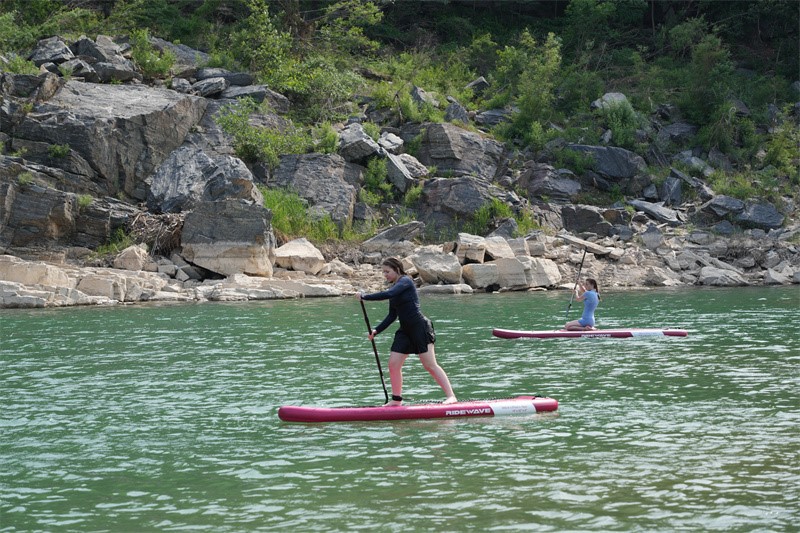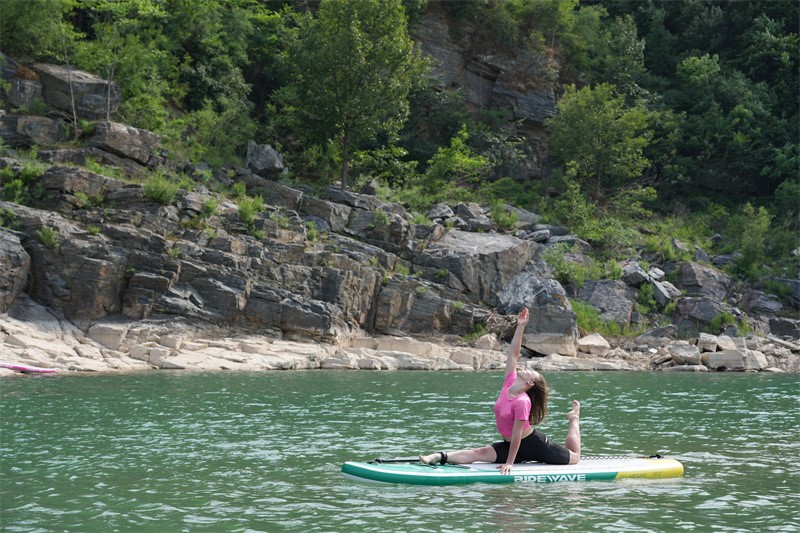Will My Weight Affect My Ability To SUP?
Jun 16, 2024
Leave a message
Will My Weight Affect My Ability to SUP?

Stand-up paddleboarding (SUP) is a versatile and enjoyable water sport that has gained immense popularity in recent years. It's accessible to people of all ages, fitness levels, and body types. However, a common concern among newcomers is whether their weight will affect their ability to paddleboard effectively. The good news is that with the right board and a few key considerations, almost anyone can enjoy SUP regardless of their weight.

Understanding Board Selection
The most crucial factor for a successful paddleboarding experience is choosing the right board. Boards are designed with different dimensions, volumes, and weight capacities to cater to various paddlers. Here's what to look for:
1. Volume and Weight Capacity:
Volume: Measured in liters, this indicates the board's buoyancy. Higher volume boards provide more flotation and can support more weight. For heavier paddlers, a high-volume board is essential to ensure stability and prevent the board from sinking too deep into the water.
Weight Capacity: Each board comes with a recommended weight capacity. Ensure your weight falls within this range to maintain optimal performance and stability.
2. Board Dimensions:
Length: Longer boards (10'6" and above) are generally more stable and track better in the water, making them ideal for beginners and heavier paddlers.
Width: A wider board (32" or more) offers greater lateral stability, which is crucial for maintaining balance, especially if you are heavier.
Thickness: Thicker boards increase the volume and buoyancy, providing better support for heavier paddlers.
Types of Boards
Different types of paddleboards cater to different activities and paddler needs. Here's a quick overview:
All-Around Boards: Ideal for beginners, these boards are versatile and stable, suitable for various water conditions.
Touring Boards: Designed for longer distances, these boards are longer and often wider, providing good stability and speed.
Inflatable Boards: Convenient for transport and storage, modern inflatables are rigid and can support significant weight without compromising stability.
Technique and Balance
While board selection is critical, your technique and balance also play significant roles. Here are some tips to help you get started:
Start on Calm Water: Begin your paddleboarding journey on calm, flat water to get a feel for the board and build your balance.
Proper Stance: Position your feet shoulder-width apart and keep your knees slightly bent to maintain balance.
Use the Right Paddle: Ensure your paddle is the correct length (approximately 8-10 inches taller than you) to maximize efficiency and control.
Weight and Performance
Your weight does influence the board's performance, but this doesn't mean you can't enjoy paddleboarding. Heavier paddlers might experience slower speeds and different maneuverability, but with the right equipment, these differences are minor. Modern boards are designed to accommodate various weights, ensuring everyone can have a safe and enjoyable experience on the water.

Conclusion
Your weight should not deter you from experiencing the joy of stand-up paddleboarding. By choosing the right board with appropriate volume, dimensions, and weight capacity, you can enjoy a stable and fun paddleboarding experience. Remember to start on calm waters, use the correct technique, and gradually build your confidence and skills. SUP is a welcoming sport that can be tailored to suit any body type, ensuring that everyone can find their place on the water.
Based on market demand, we have launched a paddle board with a relatively large load-bearing capacity. We hope that every enthusiast can find a suitable paddle board and enjoy the fun of being on the water.Click here

